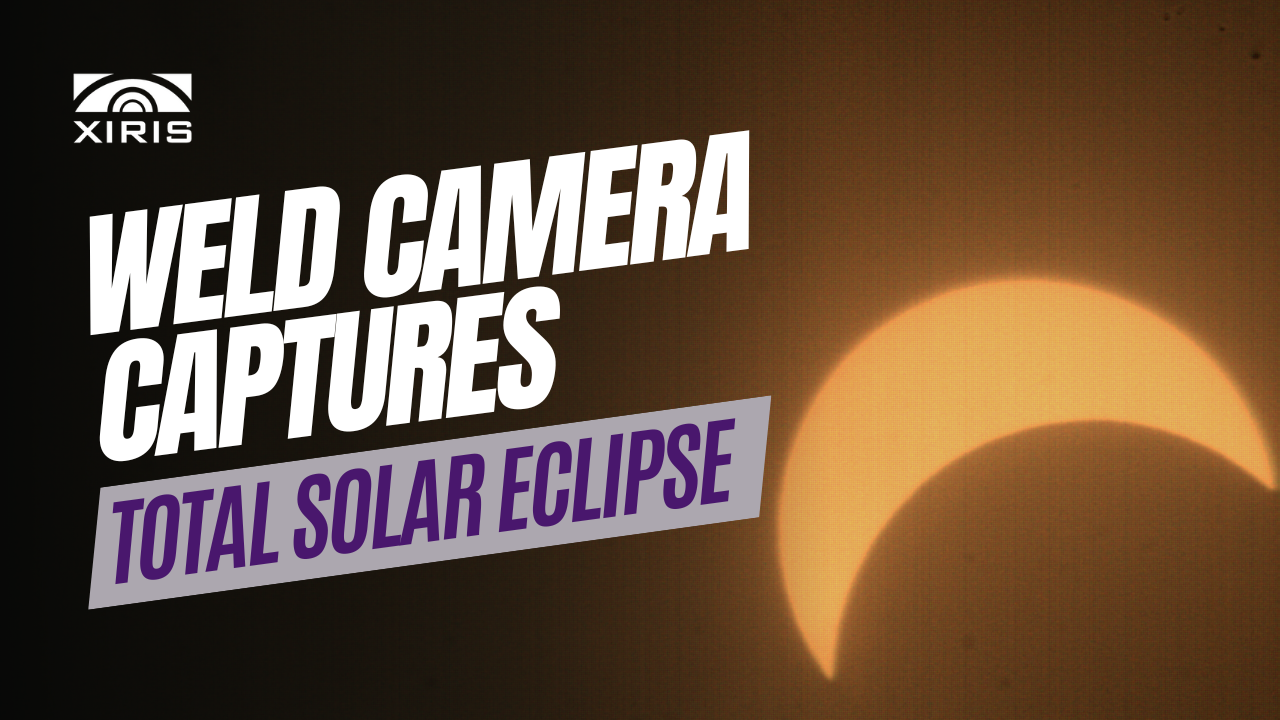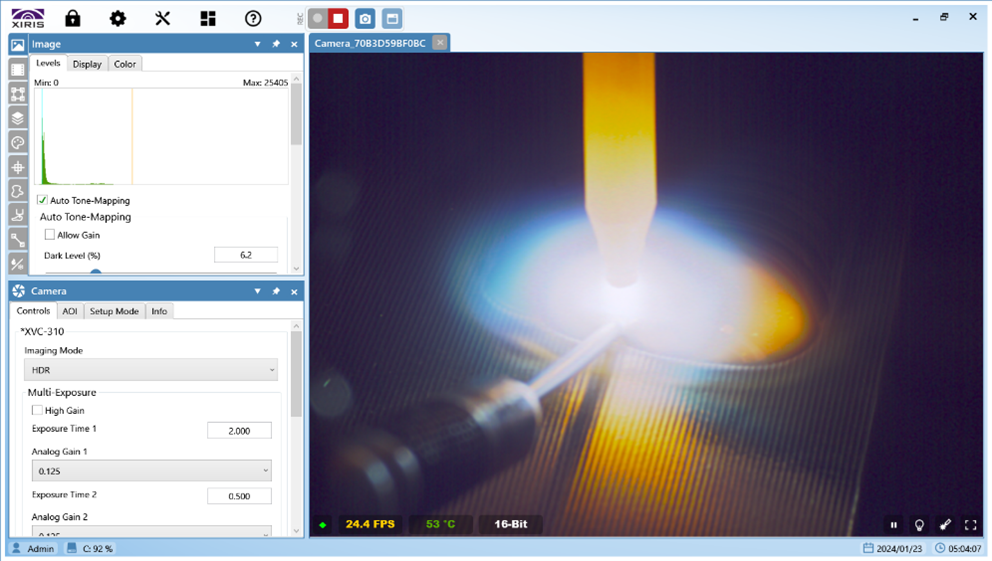Weld Cameras for remote weld monitoring are ideal tools for improving productivity, ensuring quality, and increasing safety in any automated welding application.
But in the following six applications, Weld Cameras are essential. Without a Weld Camera mounted at the weld tip, these applications can’t be done—at least not without extreme difficulty and risk.
1. Generalized Automated Welding Processes.
When robots, column and boom devices, or multiple-axes automation cells are used to move the weld head relative to the work pieces, putting an operator close enough to manually monitor the weld is usually too dangerous because of the moving equipment and multiple pinch points that are present.
2. Semi-Automatic Welding Processes.
A Weld Camera is obviously necessary in semi-automatic processes such as gantry systems or tractor welding systems that perform the welding high off the ground. In such applications, the operator can remotely monitor the weld and control the welding manipulator with a joystick from ground level, reducing health and safety issues and improving productivity.
3. Pipe/Vessel Cladding and Overlay.
Applying a cladding/overlay layer via a continuously welded bead on the inside or outside of a pipe or pressure vessel often involves welds that can’t be viewed manually because of restricted space and/or excessive heat and other physical dangers.
Some companies overcome these issues by stopping the weld, pulling the weld head out, and sending in a camera. This is clearly less efficient than having a Weld Camera at the weld tip to allow the operator to continuously monitor the cladding process while it is happening.
4. Orbital welding.
When two pieces of tube or pipe are welded end-to-end using an automated welding process, manual weld monitoring is insufficient because orbital welding equipment is usually implemented on round-tube and pipe-in-restricted-space areas. By remotely monitoring the welding process with a Weld Camera, an operator can make sure that all the parameters of the weld process are functioning correctly, helping to guarantee a better quality product that would not be possible otherwise.
5. Tube and Pipe Welding.
A Weld Camera is necessary to monitor the weld box on tube and pipe mills to ensure that a number of key defects don’t occur. Typically, when a metal strip is rolled into a cylinder shape and longitudinally seam welded using a TIG or Laser process, the resulting weld can vary considerably based on a number of factors such as:
- Metallurgy.
- Pressure of the two sides of the material coming together.
- Amount and type of shielding gas.
- Alignment of the weld arc to the seam on the tube or pipe.
A Weld Camera can help to monitor the weld parameters and provide an early warning system for the operator.
6. Multiple Weld Torch Processes.
When multiple weld torches are used to make multiple passes on a single weld, a Weld Camera can assist the operator to control the process. When two cameras are used on a single process, their images can be fed back to a single monitor.
If multiple feeds are fed back to a single operator station, one operator could monitor multiple welding processes at one time, providing greater productivity benefits to the fabricator.
The Latest Technology Is Vital for Productivity and Safety
To get the full benefit of a Weld Camera in these applications, you need cameras that are tough enough to withstand the weld environment and, critically, that are able to provide the best, clearest images.
You’ll need a camera specially designed for use in all types of welding applications, on all types of materials. You’ll also want a camera, such as the Xiris XVC-O, that is equipped with High Dynamic Range imaging technology, which uses a special logarithmic sensor to overcome the image-quality challenges presented by the extreme brightness of the weld arc contrasted with the dark surrounding background.
With this Weld Camera technology, you can more efficiently and safely conduct remote weld monitoring when manual monitoring is unfeasible or undesirable.







